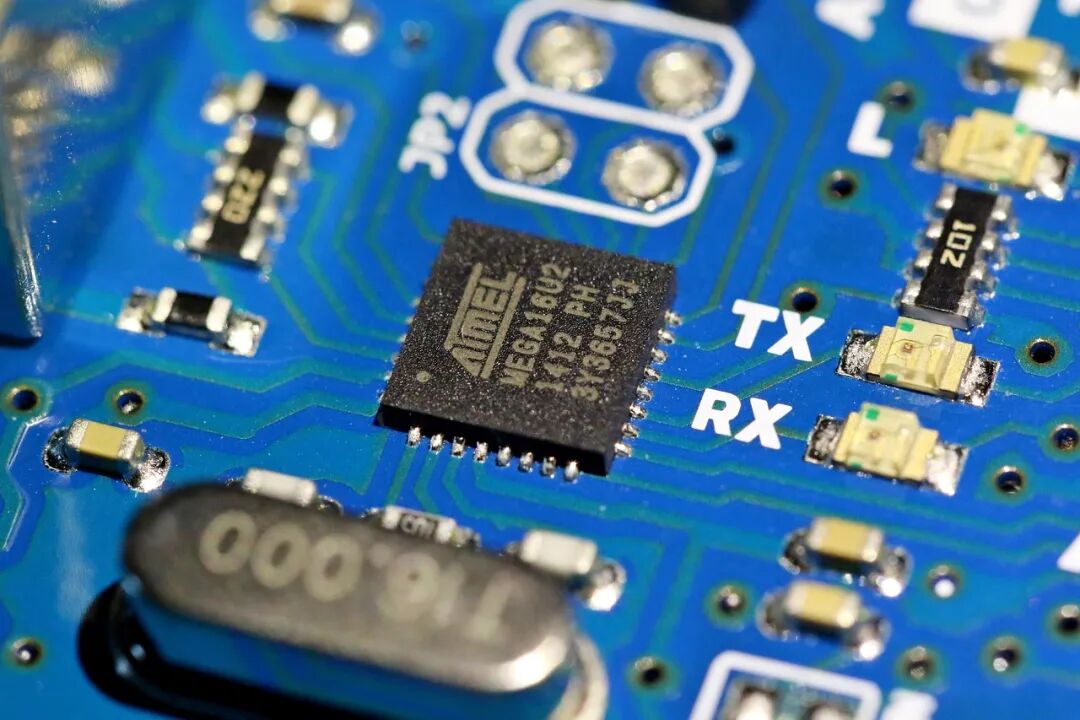In the wave of IoT and Industry 4.0, embedded systems have become the core engine of smart devices. Among them, Microcontrollers (MCU), Digital Signal Processors (DSP), and Field Programmable Gate Arrays (FPGA) form a triangular relationship, occupying three strategic positions in control, computation, and programmable acceleration.

1. Microcontroller: The Control Center of Embedded Systems① Core FeaturesStreamlined Architecture: Integrates CPU, memory, and peripheral interfaces, such as the TI MSPM0G1507 with an ARM Cortex-M4F core and DSP accelerator, achieving a single-chip control solution.Low Power Design: Utilizes multi-level sleep modes, such as the STM32 series which can achieve microamp-level standby power through GPIO interrupts, typically applied in smart locks and wireless sensor nodes.Cost Advantage: 8-bit MCUs can be priced as low as $0.1, while 32-bit MCUs (like the CKS32F405 from Zhongke Xinxin) can be controlled under $2 for bulk purchases, suitable for consumer electronics and light industrial scenarios.② Typical Application ScenariosIndustrial Control:PLC Controllers: The CKS32F407 main control achieves a computation frequency of 168MHz and supports the EtherCAT bus protocol.Inverter Drives: The CKS32F030 integrates a dedicated motor timer, achieving speed regulation with 0.1Hz precision.Smart Home:The Texas Instruments MSPM0G1507 drives a 600W BLDC motor driver, integrating a sensorless FOC algorithm with an efficiency of 92%.Consumer Electronics:The HC32M120 series from Xiaohua Semiconductor is used in air conditioning main control, supporting a wide temperature operating range of -40 to 105°C.
2. DSP: The High-Speed Computing Powerhouse① Core FeaturesDedicated Computing Architecture: Utilizes Harvard architecture, multi-stage pipelines, and MAC units, such as the TI C6000 series achieving 8000 MIPS computing power, specializing in FFT/IIR filtering and other mathematically intensive tasks.Real-Time Processing Capability: Meets stringent timing requirements for audio ANC noise cancellation (<20μs latency) and 5G base station beamforming through hardware circular buffering and zero-overhead loops.Interface Integration: Built-in multi-channel ADC/DAC, PDM interfaces, and SRIO high-speed bus, typically applied in multi-sensor fusion scenarios.② Typical Application ScenariosAudio Processing:TWS Earbuds: DSP implements ANC active noise cancellation + 32kHz audio codec, with power consumption below 5mW.Smart Speakers: The C5000 series runs AEC echo cancellation algorithms, supporting 8-microphone array far-field pickup.Image Processing:Medical Endoscopes: The C6000 series accelerates H.264 encoding, achieving 4K@60fps real-time compression.Communication Baseband:5G Small Base Stations: DSP processes Massive MIMO channel estimation, supporting 256QAM modulation and demodulation.
3. FPGA: The Revolutionary Parallel Computing Device① Core FeaturesHardware Reconfigurability: Achieves any digital circuit through LUT and register cascading, such as the Xilinx Zynq-7000 integrating dual-core ARM + FPGA, supporting Partial Reconfiguration for dynamic reconfiguration.Ultra-Low Latency: Pipeline architecture achieves nanosecond-level response, typically applied in high-frequency trading (FPGA directly connects to exchange data streams, latency <1μs).Computational Density: Intel Agilex series provides 40 TFLOPS floating-point performance, with energy efficiency three times that of GPUs.② Typical Application Scenarios5G Communication:Physical Layer of Base Stations: FPGA implements OFDM modulation and LDPC encoding, with a single board processing bandwidth of up to 400MHz.Autonomous Driving:Sensor Fusion: Xilinx ZU11EG processes data from 12 cameras in parallel, running YOLOv5 object detection.Aerospace:Onboard Computers: Microchip RTG4 achieves triple-mode redundancy design, with radiation resistance up to 100krad(Si).Fintech:Algorithmic Trading: FPGA hardware accelerates risk assessment models, increasing trading speed by 10 times.
This article is an original piece by Wanyi Enterprise Training. Please indicate the source when reprinting!For submissions/recruitment/advertising/course collaboration/resource exchange, please add WeChat: 13237418207